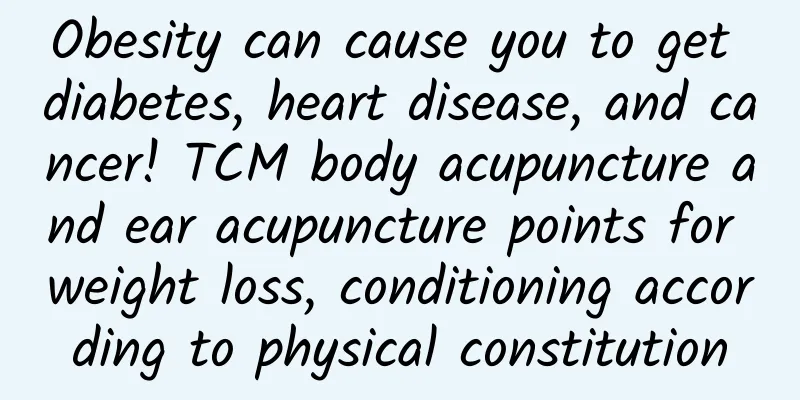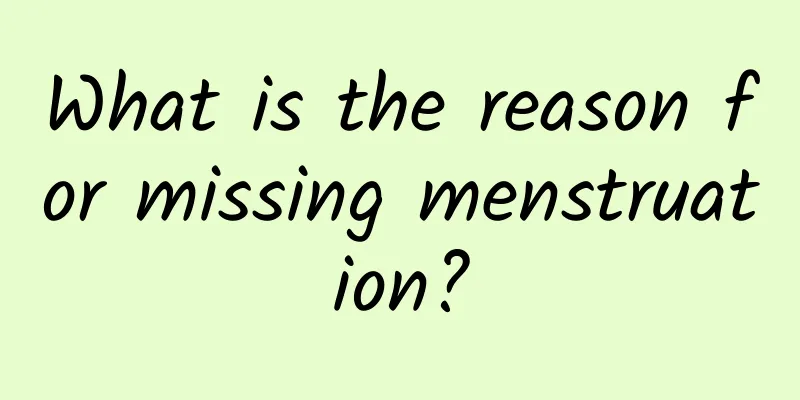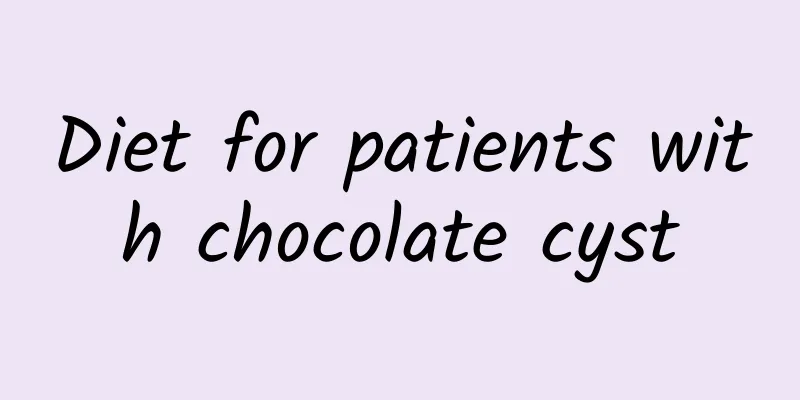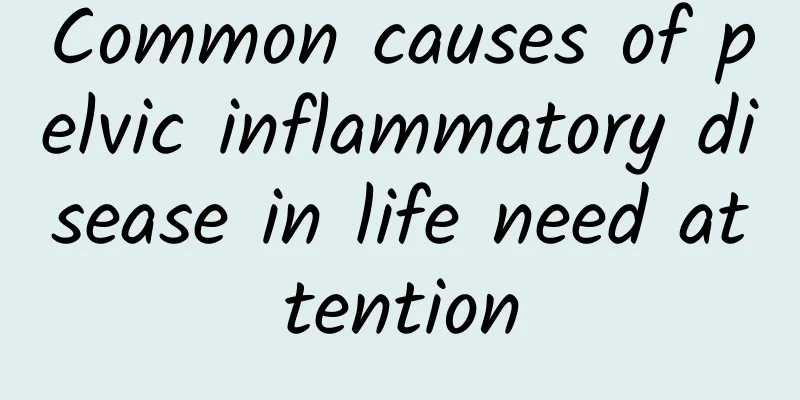Symptoms of Polycystic Ovarian Syndrome

|
Polycystic ovary syndrome is the most common endocrine metabolic disease in women of childbearing age. The more typical symptoms are: First, menstrual disorders, which are the main symptoms of polycystic ovary syndrome, manifested as infrequent menstruation, that is, prolonged cycle, scanty menstruation, or even amenorrhea, can also be manifested as irregular uterine bleeding, menstrual cycle, menstrual period or menstrual volume without regularity. Second, hirsutism, patients may have varying degrees of hirsutism, which is an important manifestation of increased androgen. Third, excessive secretion of sebaceous glands, acne may occur. Fourth, obesity, about 50% of patients have a body mass index exceeding normal, and they are abdominally obese, which is related to insulin resistance and excessive androgen. Fifth, infertility, this is because women of childbearing age do not ovulate, which can cause infertility. Polycystic ovary syndrome, because the cause is unclear and cannot be cured, can seriously affect the patient's quality of life, fertility and long-term health. How to treat polycystic ovarian syndrome If women with PCOS want to have children, they should first take Diane 35 to adjust the menstrual cycle, reduce hyperandrogenism, and treat hirsutism acne, etc., and then perform ovulation induction treatment after menstruation returns to normal. It often occurs during adolescence, and the main manifestations are menstrual disorders, continuous ovulation disorders, hyperandrogenism, hirsutism, obesity, infertility, insulin resistance, bilateral polycystic ovarian changes, etc. Because of ovulation disorders and anovulation, women are not easy to get pregnant or are prone to miscarriage after pregnancy. In addition, PCOS often causes endocrine and metabolic disorders, and women are prone to metabolic diseases, cardiovascular diseases, and endometrial lesions. PCOS is the main cause of anovulatory infertility and hyperandrogenism. Why Polycystic Ovary Syndrome Polycystic ovary syndrome is a common gynecological endocrine disease. Clinically, it is mainly characterized by infrequent menstruation or anovulation and high androgen levels. It is characterized by persistent anovulation and polycystic ovarian changes, often accompanied by insulin resistance and obesity. The cause of the disease has not yet been identified. It is currently believed to be related to certain genetic genes and environmental factors, as well as some bad living habits. Treatment includes lowering androgen levels, adjusting the menstrual cycle, changing insulin resistance, and promoting ovulation. For obese polycystic ovary syndrome, diet should be controlled and exercise should be increased to reduce weight and waist circumference, which can increase insulin sensitivity and reduce testosterone levels, thereby restoring ovulation and reproductive function. |
<<: What is the cause of polycystic ovary?
>>: How can I get polycystic ovary at the age of 18?
Recommend
Menopause can be relieved through diet, doctors recommend these 3
During menopause, you should supplement more estr...
The longer the aerobic exercise time, the better the fat burning and weight loss effect. It is important to add the right amount of muscle strength.
According to research, the benefits of aerobic ex...
What are the specific causes of vulvar leukoplakia?
Many female friends are still unfamiliar with gyn...
Does vaginal candidal infection affect menstrual cycle?
Does vaginal candidiasis affect the menstrual cyc...
What are the surgical methods for uterine fibroids? Will uterine fibroids recur after surgery?
Uterine fibroids are one of the most common benig...
Eunjung's physical age is 74? Doctor: Reduce 500 calories a day to lose weight healthily
According to media reports, Eunjung, a member of ...
Family members should promptly learn the post-abortion conditioning methods
Nowadays, many women feel regretful after an unex...
Pelvic peritonitis infection route
Experts say that pelvic peritonitis is a type of ...
Causes of chocolate cyst rupture
The rupture of a chocolate cyst is an unsettling ...
What are the laboratory auxiliary examination items for diagnosing ectopic pregnancy?
Before miscarriage or rupture and bleeding occurs...
How much does it cost to treat cervical warts?
In an economic society, rising prices have made c...
Are you eating right to adjust your mood? Nutritionists recommend 3 kinds of fruits and drinks to keep you in a good mood without getting fat
When in a bad mood, many people choose to adjust ...
What foods should women with uterine fibroids not eat? What foods should women with uterine fibroids not eat?
What should women with uterine fibroids not eat? ...
Home remedies for acne during menstruation
Women's body resistance is relatively weak du...
The following are the prevention methods of female vaginitis
Learning how to prevent vaginitis is a compulsory...









